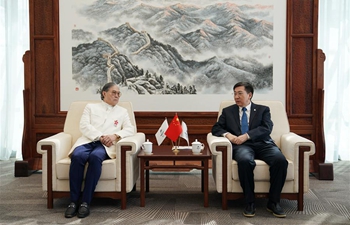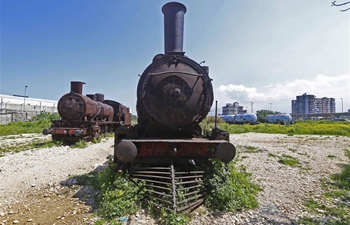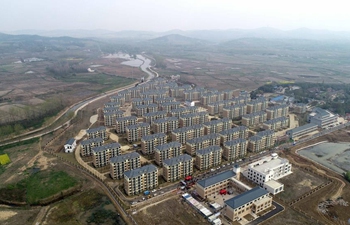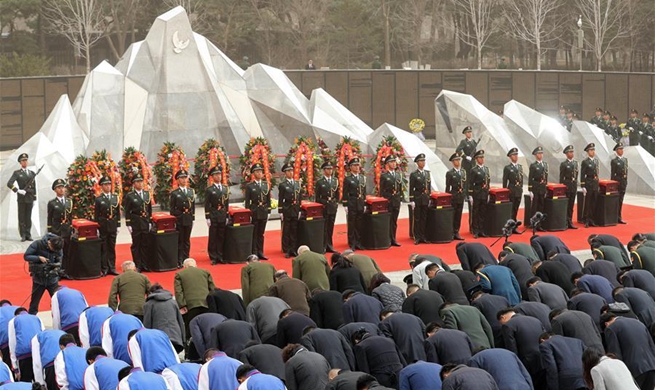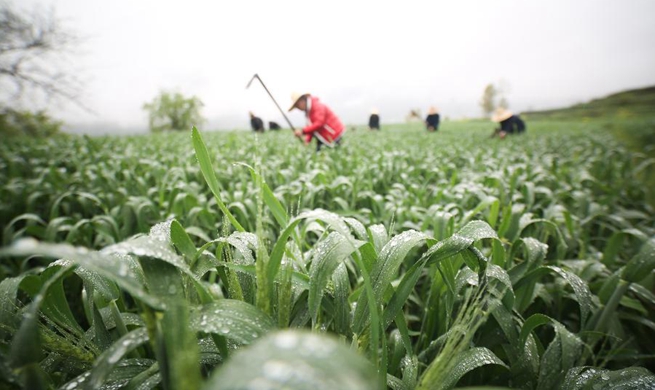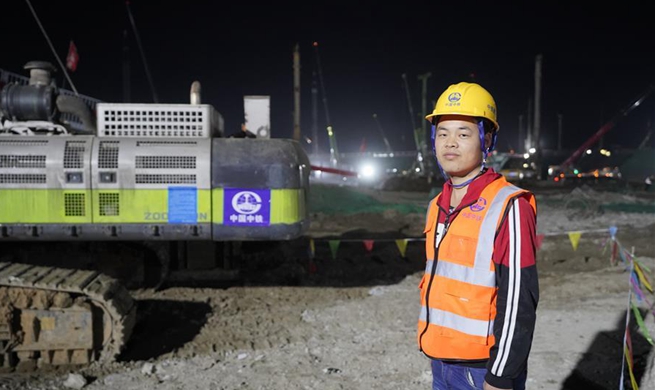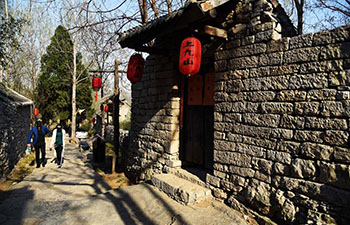JUBA, April 4 (Xinhua) -- South Sudan's inflation fell to 40 percent in 2019, pushed down by increased oil output and reduction in violence across the war-torn country, head of the central bank said Thursday.
Dier Tong Ngor, governor of the Bank of South Sudan, told reporters that inflation slowed from 49 percent in November 2018 to 40 percent since start of 2019.
Ngor attributed the slowdown to increasing oil production and decline in fighting following the signing of a new peace agreement in September 2018.
"Our projection was to bring inflation to be between 45 and 55, and we ended with 40 which was positive," Ngor told a news conference in Juba.
"Forty percent is still very high by international or regional standards. We still need to do more in order to make sure that inflation is brought down to the level that is satisfactory, and that meets the international and regional standards," Ngor said.
According to the World Bank, South Sudan is the most oil-dependent nation in the world, with oil accounting for almost the totality of exports, and around 60 percent of its gross domestic product (GDP).
But after the young nation descended into civil war in late 2013, oil production declined from 350,000 in 2011 to less than 130,000 barrels amid soaring inflation and economic crisis.
Inflation rate in South Sudan reached all-time high of 83.06 percent in July of 2016 and a record low of -13.82 percent in August of 2018.
The value of the local currency, South Sudan pound (SSP), also depreciated and prices for goods and services climbed sharply, making life difficult for ordinary citizens.
The central bank said it is implementing new monetary policies aimed at taming the current economic crisis facing the east African country.
Such policies include scaling down lending to the government and halting printing of bank notes, Ngor said.
"This time we want to reach low double digits, which is 25-plus or minus and we will have to manage other variables in the economy in order to achieve that rate," Ngor said.
